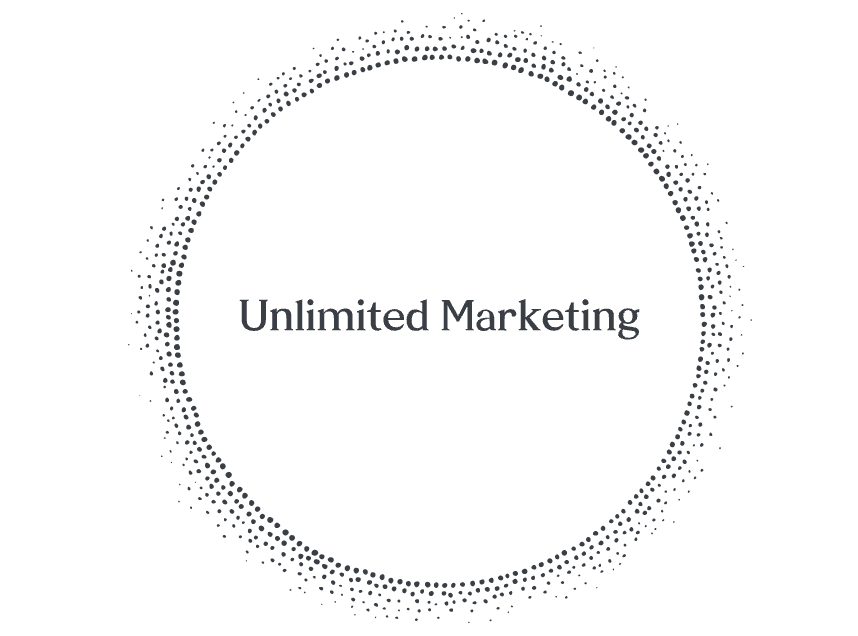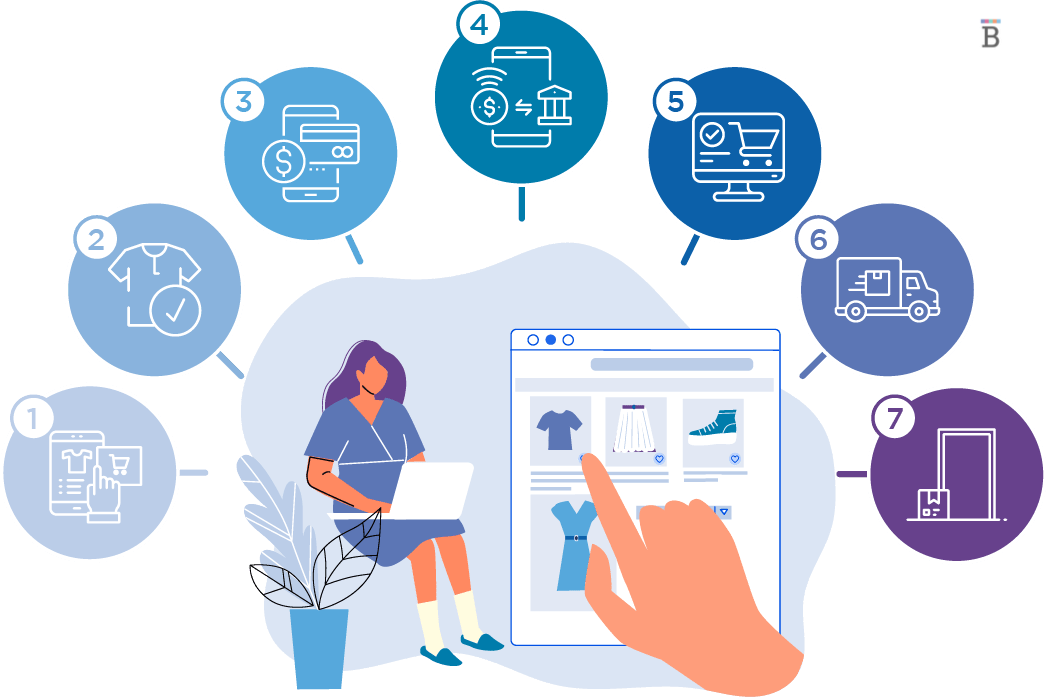Marketing is one of the most dynamic industries. It is growing at an incredible pace and hence new strategies, techniques, and tools appear every day. Being a marketer is no longer about simply writing a post caption and creating an ad. It has become a complicated matter with numerous fields and branches that a professional marketing specialist must know.
There are dozens of types of marketing strategies at the moment but not all of them have the same popularity. Some are frequently used while others only in rare cases and if the project requires. In this article, we discuss 7 types of marketing strategies that every beginner marketer should know. Here is the quick list of the most popular marketing strategies:
- Social Media Marketing
- PPC Marketing
- Search Engine Optimization
- Content Marketing
- Affiliate Marketing
- Influencer Marketing
- Email Marketing
Understanding What Marketing Is
Marketing is the science of choosing target markets through market analysis and market segmentation. After targeting a specific market it is then about learning consumer behavior, choosing the most appropriate strategies and channels, and executing them as per business goals.
Marketing is not just advertising or sales—it’s everything a company does to gain customers and keep relations with them. Most importantly it is a constant attempt to understand consumers’ needs, wants, and motivations which in turn helps find potential customers and consumer segments. Then marketers develop an idea for how they can reach them by creating effective marketing communications (e-mail messages; ads on television; digital ads).
Different Types of Marketing Strategies
When it comes to marketing, there are a variety of strategies you can use to get your product or service in front of the right people. But which ones should you focus on? That depends on your business and what you’re trying to achieve. There are seven main types of marketing strategies:
Social media marketing
Social media marketing is a very effective marketing strategy with a long history of existence. It is the practice of creating content and sharing it on social media. Research findings let us know that social media marketing has the highest engagement rates among all marketing strategies. Thanks to this, it helps businesses build relationships with customers, promote their brand, and generate awareness of their company. The best part about social media marketing is that it’s free!
But what is social media marketing strategy? Or how do you create a strategy for social media? Here are the two most important parts of your soc media strategy:
- Create Content – create and share relevant information about your business or products on your favorite social media channel. And by favorite, we do not mean the ones you use most often – it must be your audience’s most engaged platform. It could be Facebook, Instagram, Twitter, TikTok, or anything else. etc. The content you create is not just a post with hashtags, it must have value. You can use video tutorials or infographics, memes, testimonials, or anything that makes sense for your brand.
- Engage With Your Audience – when talking about engaging with people through social media there are several ways in which this process can take place including finding out what specific interests each person has so that when posting pieces of content that may not appeal directly to them then these individuals will still find something interesting enough anyway (even if just for curiosity’s sake). Another way would be by asking questions regarding certain topics–for example, “What music genre do you listen to?” If the answer comes back “Hard Rock” then ask another question such as “What bands do those artists remind me of most?”
Pay Per Click
Pay-per-click (PPC) is a form of online advertising. As the name suggests, it means that advertisers pay a fee each time their ad receives a click. In the past, this type of marketing helped generate traffic for websites. Nowadays, it can also attract users in your target audience and make sure that they get excited about what you have to offer them.
Marketers identify keywords or search phrases that the target audience uses to find their brand-related products and services. These are the target queries that marketing professional wants their advertisement to appear in search engines like Google or Bing. You have seen many ads on top of the search engine results pages (SERP). PPC campaigns are easy to manage, especially for budget-restricted marketing plans.
Search Engine Optimization
Search engine optimization (SEO) is all about organic traffic. Its goal is to improve the websites’ rankings and positions on target keywords organically. Many believe that SEO is the best long-term marketing investment that a business with a website may adopt. The results with SEO come slow but they remain for very long.
There are two types of SEO: white hat and black hat. White hat means you’re trying to get as many people to visit your site as possible through legitimate ways like PR, high-quality content, and keyword research. Black hat tactics are what manipulate search results by using bots, creating fake reviews to boost PageRank artificially, or over-optimizing the websites. These practices go against search engines’ guidelines and if revealed these websites could lose their ranks and even be removed from SERPs.
The best way for small businesses who aren’t ready yet for a huge PPC campaign (pay-per-click) or social media marketing (like Facebook ads), is probably still SEO. That’s because it doesn’t require spending any money upfront while still bringing in new customers over time!
Content Marketing


Content marketing is a strategy that helps you attract, engage, and convert leads. Content marketing is present in nearly every other marketing strategy. Social media managers need content marketing knowledge to create high-quality posts that engage the audience. Similarly, influencers need to understand the principles of content marketing to effectively attract followers. Half of search engine optimization relies on content quality and content marketing. Other marketing strategies are no exception to this.
Content marketing can be used for many different goals:
- To generate leads by creating quality content on your website or blog.
- To build trust with your audience by providing helpful information that they can use to solve their problems or make better decisions.
- To create an ongoing relationship with customers by offering them regular updates on what’s new at your business (and vice versa).
- To introduce your brand, products, services, or company culture
- To establish a thought leadership in your industry
Affiliate Marketing
Affiliate marketing is a type of performance-based marketing in which a business rewards one or more affiliates for each visitor or customer brought by the affiliate’s marketing efforts. The affiliate may receive a commission for every sale that they refer to or may receive a percentage of the sales price paid by the customer to cover their costs in promoting it. The benefits of affiliate programs are many:
You can build your brand with your name on it, which gives you credibility with customers and makes them want to buy from you instead of someone else who isn’t using an affiliate program. This is especially important if they’re selling something similar or related because people will trust what they know about your company rather than another company that doesn’t have its name behind it (even if there are other ways around this).
Influencer Marketing
Influencer marketing is a form of advertising that involves partnering with an individual or group of individuals who influence the target market. In this context, “influencer” refers to someone who has been identified as having a high level of authority in his or her field. The goal of influencer marketing is to reach people who are likely to be interested in your product or service and convince them that it’s worth their time, energy, and money.
Influencers can be people with large followings on social media channels like Twitter or Instagram; journalists; celebrities; experts and other figures within their industry (such as doctors); bloggers/vloggers – anyone with a significant online presence!
Email Marketing
Email marketing is a great way to reach your audience. Many businesses choose email marketing as their primary communication method. This is especially true for industries, like the B2B segment, where customers love individual and personalized approaches. If your business is small and does not require email automation strategies then you can safely assume that email marketing is free.
The best part about email marketing is that it allows you to build relationships with customers by providing them with relevant information or content at the right time in their lives. Email campaigns are one of the most effective ways for companies who want to drive sales by building trust between themselves and their customers/users by sending emails that contain useful information related to what they want (eCommerce).
Which Marketing Strategy Is Right for Your Business?
Since different strategies fit different brands, you’re probably wondering, “Which one is right for me?” Let’s break down each strategy discussed and how it might fit into your business model.
- B2B segment uses influencer marketing and social media marketing less (except for LinkedIn marketing) and pays more attention to email marketing, content marketing, and search engine optimization. You will find PPC campaigns with B2B businesses, too, but less frequently. They mostly focus on delivering a clear value proposition to their audience through more conventional marketing strategies.
- E-commerce strongly relies on PPC, SEO, social media, and affiliate marketing. It is one of those industries where you find the most diverse mix of marketing tools, platforms, and techniques. A lot of e-commerce brands invest heavily in influencer marketing, as well. The rarest tactic for them is probably email marketing, but it is still greatly in use.
- The fashion industry has two favorites: social media marketing and influencer marketing. These businesses strive on Instagram, Facebook, Pinterest, and TikTok. They target these channels very actively and invest most in social media advertising. For this purpose, content marketing is another technique they use frequently. The same concept is shared by businesses that depend on visual appeal, such as travel, beauty, fitness, etc.
Maximizing the Impact of Your Marketing Campaigns
No matter which marketing strategy you choose for your business you need to know how to maximize the impact of it. To reach the goals you need more than a mere knowledge of the strategies described above. The truth is that refining your strategy comes only after you evaluate your outcomes and the effectiveness of the solutions you come up with. Only after your performance metrics analysis, you can start planning how to maximize return on investment (ROI), conversion rates (CVR), reduce PPC costs, or anything else you need for better results.
What you can do before launching your strategy is to plan how your campaigns will look, what messages and visuals to include, and how you are going to reach your target audience. Additionally, make sure that the campaign is consistent across all channels: use the same visuals, copy, and message on your website, social media accounts, email newsletter, and any other platforms you might use.




















